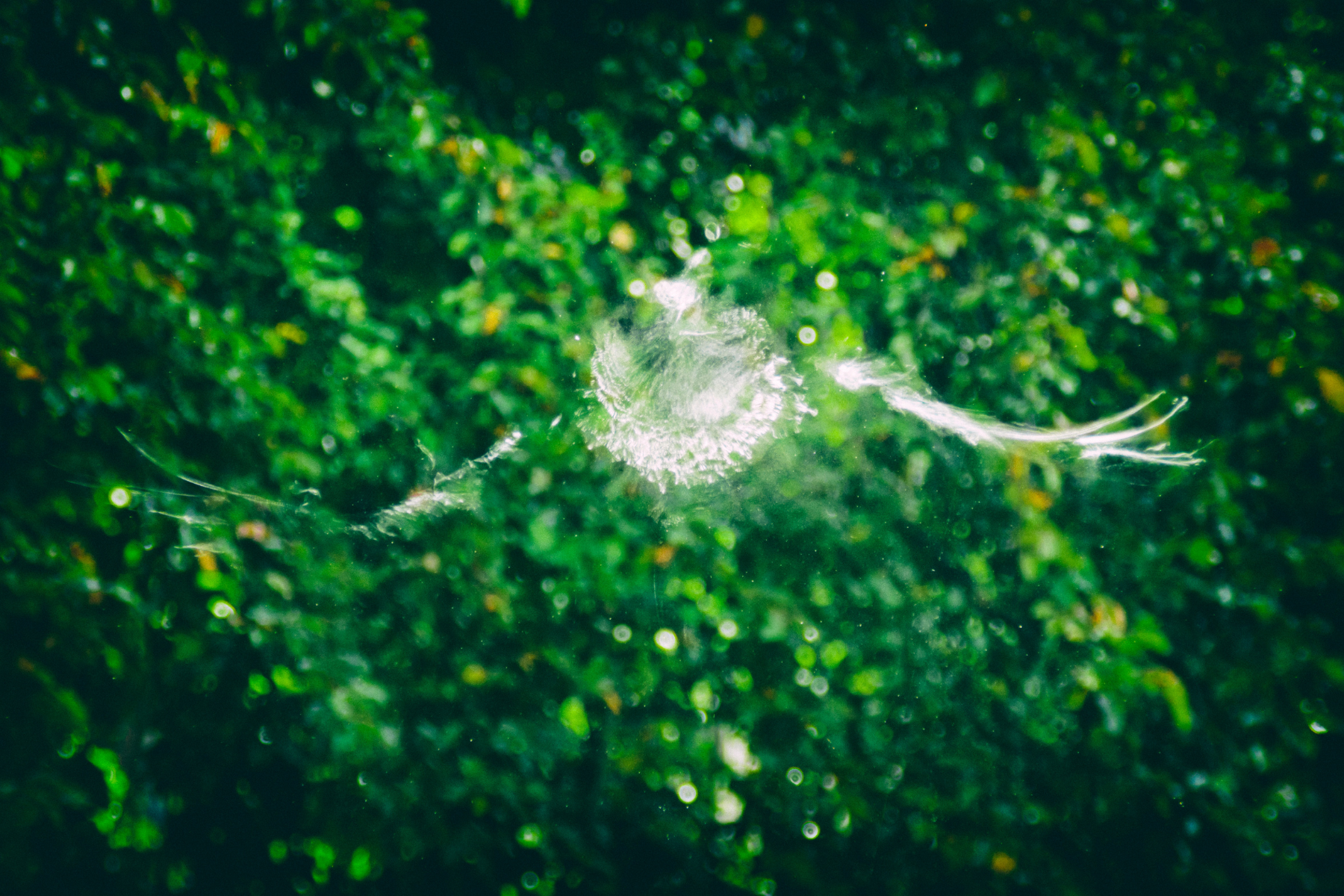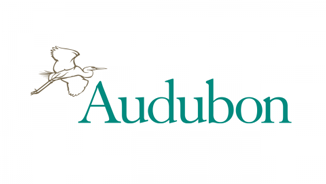
Posted March 1st 2023
Why you might not know you have a bird-strike problem
As the weather warms up and birds begin to migrate north, it’s important to remember the significant risk glass structures present. In North America, approximately 1 billion birds die each year as a result of glass collisions. In the United States, these annual bird-strike deaths account for 10 percent of the population. Despite these staggering statistics, a bird collision problem isn’t always obvious. In many cases, collisions go unnoticed. That’s why it’s imperative to take steps now to protect birds from the ongoing threat of glass collisions.
In today’s blog, we’ll explore several reasons why you may not realize you have a bird collision problem – and how being proactive in bird conservation is the ultimate solution.
Reasons you might not realize you have a bird collision problem
A bird collision problem isn’t always apparent. Here’s why:
Birds may fly away stunned
Birds flying into windows may become temporarily stunned and manage to fly away. However, many times these birds will die later as a result of internal bleeding or bruising, especially in the brain.
Scavengers and Predators quickly dispose of dead birds
After a collision, predators such as raccoons, opossums, and rats will carry off dead and injured birds soon after they’ve hit the ground. In fact, they may even return to a window where collisions are frequent multiple times a day.
Birds are not always visible after a collision
Birds colliding with glass at high speeds may bounce off the surface and land some distance away where they are then hidden under vegetation or behind nearby objects.
The damage may not be obvious
Sometimes a bird will collide with glass and leave behind evidence. You may find a feather stuck to the window, hear the bird strike, or witness the leftover imprint on the glass. Other times, birds can fly into glass structures and not leave a single mark. There’s also a chance that the bird may appear healthy when in truth, they are suffering from a concussion or serious internal injury.
Typically, not there for long
When birds do land in open spaces, it’s not long before groundskeepers sweep up dead and injured birds as part of their routine building maintenance – and it’s not much different for homeowners.
Think you have a bird collision problem? First, determine why it’s happening
If you do suspect you have a bird collision problem, it’s important to determine which collision danger is causing the issue: reflective or fly-through surfaces.
Reflective Surfaces
Reflective surfaces are the most common cause of glass collisions for birds. They mirror the surrounding habitat and sky, causing the illusion of an environment that doesn’t exist.
Fly- Through Surfaces
Fly-through is when birds can see a habitat or sky that does exist on the other side but do not realize the glass is a solid barrier preventing them from reaching it. A clear glass railing and a glass walkway are common examples.
What to do if you notice a bird-strike problem
Whether reflective or fly-through surfaces are causing your bird-strike problem, it’s important to take action as soon as possible to prevent future collisions. Here are a few ways you can reduce the risk of bird collisions:
Analyze your building through the eyes of a bird
Take a walk through your backyard and observe it from a bird’s perspective. Are there any windows that reflect sky or vegetation at certain times of the day? What about windows that provide a clear view to plants and vegetation inside? You should also be mindful of transparent deck railings and other structures made of glass as they too can pose a significant risk to birds.
Keep feeders out of the danger zone
Many people choose to hang feeders in trees close to their homes so they can watch the birds feed from their windows. But in truth, this is the worst place to put them. Placing feeders in trees near buildings draws birds close to windows and other dangerous glass surfaces. It also provides them with enough space to gain the necessary speed to cause serious harm to themselves. The Audubon Society recommends placing feeders and birdbaths farther than 30 feet from windows or closer than 3 feet. Isn’t 3 feet too close? No. When placed closer than 3 feet, birds are unlikely to gain enough speed to cause serious injury in the event that they strike a window. Treating your glass with proper bird collision deterrents is important but here are a couple of things you can do to help until you are able to take action:
Eliminate reflections with exterior screens
Exterior screens placed in front of windows create a visible barrier for approaching birds by reducing the reflective properties of glass.
Skip cleaning your windows during this year’s spring cleaning
When windows are clean, they are more reflective, which dramatically increases bird collisions. If you’re going to wash your windows, it’s recommended that you do so after the majority of migrants have moved through your area.
Found an injured bird? Here’s what you need to do
Many bird collision deaths go unreported because people don’t know how to properly help.
In the event that you find a small-injured bird, follow these steps to provide help safely:
- If possible, have someone watch over the bird as you search for something to contain it. They can ensure the bird stays safe until you return with a suitable container.
- Use an unwaxed paper bag or a small cardboard box to contain the bird. If using a cardboard box, you’ll need to poke a few small holes inside it. Scrunch up clean, unscented tissue or a paper towel and place it inside the bag or box so the bird has something soft to grasp.
- Approach the bird from behind and use both hands to gently cover the bird (be careful not to leave your fingers open, otherwise the bird will escape). At this time, the bird may vocalize or try to flutter. Expect this and remember to stay calm. When holding the bird, refrain from closing your fingers or hands too tight. Small birds are fragile and holding them too tightly may cause additional injuries.
- Place the bird upright in the unwaxed paper bag or small box and make sure it’s securely closed.
- Place the contained bird in a dark, room temperature, quiet space, away from children and pets. Avoid interacting with the bird as this will cause additional stress.
- Do NOT give the bird food or water.
- Immediately contact your local wildlife rehabilitation facility. Even if the bird just appears stunned, it’s likely the bird is suffering from internal injuries not visible from the outside. A wildlife rehabilitation facility will be in the best position to advise you on the next steps.
- The wildlife rehabilitation facility will likely suggest you bring the bird in for observation or release it. If you are instructed to release it, bring the bird to a wooded area far away from buildings. Before releasing the bird, point the bag or box in the direction of trees, slowly open the top, and let the bird fly out. If the bird appears to not be flying well, try to recapture it and reconnect with the wildlife rehabilitation facility.
- If you believe that the bird’s injuries are the result of a glass collision, enter the report in the Global Bird Collision Mapper.
8 Ways You Can be Proactive in Your Bird Conservation Efforts
Bird collisions aren’t always apparent. For this reason, it’s important to be proactive in changing the flight of bird conservation. To help you get started, here are eight examples of how you can be pre-emptive in your bird conservation efforts.
Practice Mindful Birding
Millions of people across the globe identify as birdwatchers. In fact, birding has become one of the fastest-growing hobbies in North America, and in Canada, more time is spent birdwatching than gardening. With so many of us partaking in this hobby, it’s important to practice and promote ethical birding. Fortunately, there are several existing resources that can help birders, beginners, and experts alike, limit their disturbance while observing. For example, the Mindful Birding project was established in hopes of increasing conservation efforts from birdwatchers, awareness of ethical birding guidelines, and a sense of mindfulness among birders. It encourages all those partaking in birdwatching to enjoy their experiences without disrupting a bird’s ability to behave naturally. They refer to this as being a mindful birder.
According to the Mindful Birding Guidelines, a mindful birder is someone who is:
- Mindful of Wildlife: Aware of the needs of birds and other wildlife.
- Mindful of People and Safety: Understanding of safety, both theirs and others, so that the outdoors can continue to be a harmonious place for all to enjoy.
- Mindful of Personal Birding Experience: Aware of themselves and their personal birding experience.
- Mindful of Nature Conservation: Conscious of their responsibility to contribute to the future well-being of birds and the environment.
Volunteer or join a local bird conservation group
There are many organizations that work hard to preserve bird species and their habitats. They may do things like monitor local bird populations, educate people about birds and their habitats, or advocate for laws that protect birds. If there isn’t an organization in your area that does this type of work, why not start one? Even if it’s just a small group that gets together once a month to check on local bird populations and discuss ways they can improve their habitat – no action is ever too small.
Grow Native Plants this Spring
Plant native trees, shrubs, and flowering plants this spring to provide local and migrating birds with food, shelter, and nesting areas. For tips on how to get started with growing native plants, visit the North American Native Plant Society.
Participate in citizen science programs
Consider volunteering for citizen science programs. These research and monitoring programs help inform conservation action and offer an arrangement of activities fun for everyone, from beginners to advanced birders.
Think beyond just your windows
Glass structures aren’t the only threat lingering in your backyard. Exterior lights directed upward can disorient birds migrating at night, pesticides can lethally poison birds, and invasive species can cause serious harm or death. When establishing how to curb bird collisions at your home or place of work, it’s important to consider all potential threats – from glass surfaces to domestic cats and everything else in between.
Don’t forget about Climate Change
Climate change has a huge impact on birds. It affects their migration patterns, habitat, and food availability. Some species are already experiencing negative impacts while others are not far behind. Do your part by being more energy efficient at home and at work, avoiding single-use plastics, and carpooling or biking whenever possible. When you make small changes like those mentioned above, it can make a difference for our planet – and for birds.
Make Bird-Friendly Consumer Choices
Avoiding food waste and making bird-friendly consumer choices is another way you can practice bird conservation. Birds Canada suggests following these tips to avoid harmful commercial practices:
- Purchase shade-grown or bird-friendly organic coffee to help protect critical habitats for migratory birds that winter in tropical coffee plantations.
- Use paper and wood products that have received the Forest Sustainability Certification (FSC). To receive this certification, producers must adhere to standards for sustainable forestry that protect habitats for forest birds.
- Buy food locally and organically when possible.
- Support the conservation of grassland birds by purchasing grass-fed beef and dairy products that come from cattle grazed on grassland habitats. Doing so ensures that these ecosystems are maintained and aren’t lost to other land uses.
Proactively prevent bird collisions with Feather Friendly
Glass collisions aren’t always evident. Be proactive by installing Feather Friendly© Bird Deterrent Technology. For more than 16 years, Feather Friendly© has been the trusted choice for preventing bird collisions on commercial and residential buildings in all climates and environments. The bird deterrent markers are applied to exterior windows and glass structures using specialized spacing patterns. The unique formation effectively reduces bird strikes by alerting birds of the glass’s presence without compromising a building’s aesthetics or views. Whether you’re in need of a small, medium, or large scale solution, Feather Friendly is your one-stop shop for simple resolutions that make a big mark on bird conservation.
We’d love to help you with your next project. Contact us today to discuss our residential and commercial solutions.
Partners
We are honoured to form partnerships with organizations who demonstrate
an ongoing commitment to bird conservation.



